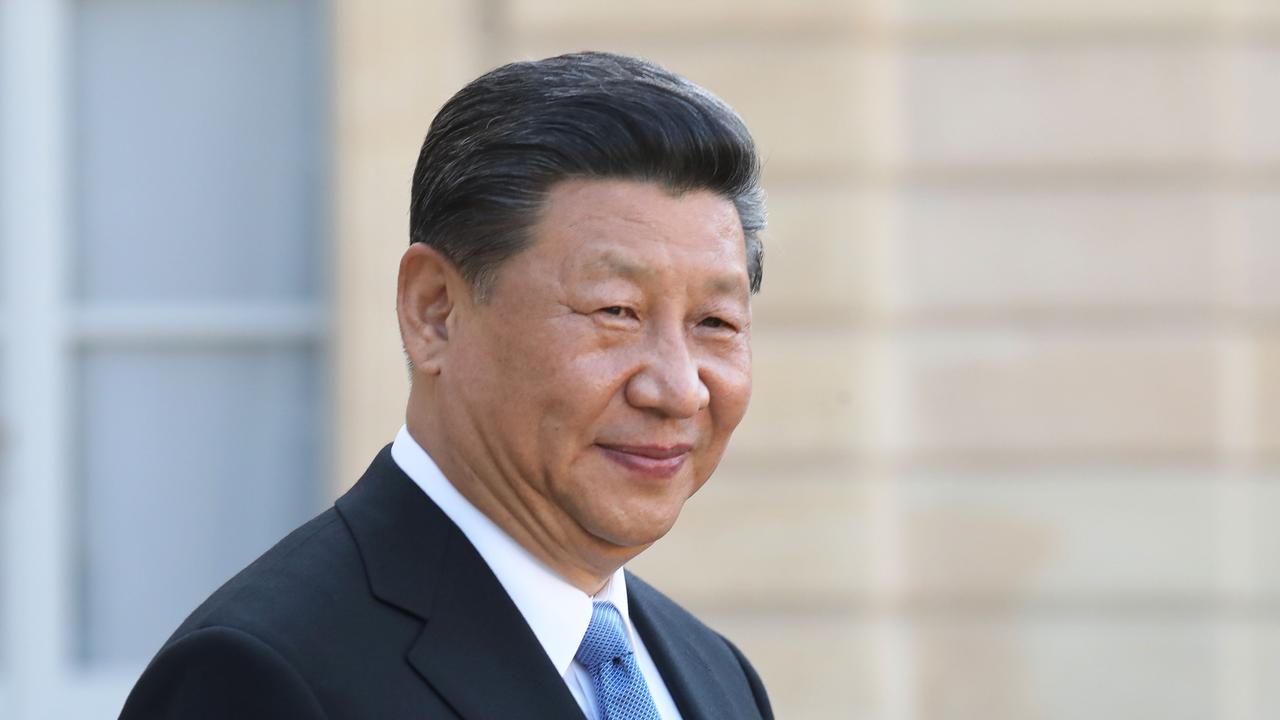How Manchester City transformed the Premier League in 10 years
Vincent Kompany was still settling into life at Manchester City in 2008 when the rumours he’d been hearing finally came true.

Vincent Kompany was still settling into life at Manchester City in the summer of 2008 when the rumours he’d been hearing finally came true.
“It took two or three weeks, then everything went crazy,” Kompany said.
The craziness in question was a 24-hour-period when everything the then-22-year-old Kompany thought he knew about his new club changed forever. That’s when the second-most famous club in Manchester was bought out of nowhere by a member of the royal family of Abu Dhabi. As if to shake things up even more, City immediately broke the British transfer record.
That sale, 10 years ago this weekend, is an epochal moment in the explosive growth of the English Premier League. From one day to the next, Man City went from being a club on the verge of financial crisis to one of the richest in the sport. Over the next decade, they would take on perhaps the most ambitious project ever attempted in English soccer: City became a dominant team on the pitch and one of the loudest voices among Premier League owners. More than a billion dollars of investment later, they sit atop a sporting empire that spans six teams on five continents.
“I didn’t think they were overexaggerating, but I didn’t know how quickly it could happen,” former City defender Joleon Lescott said.
This wasn’t the first time a rich owner had kicked down the door of the Premier League. In 2003, Russian billionaire Roman Abramovich rescued a nearly broke Chelsea and spent enough money to turn the club into a perennial contender. And before him, a steel magnate named Jack Walker had blown a fortune to lift Blackburn Rovers to a title — though his success was short-lived.
At first, it seemed that the group led by Abu Dhabi’s Sheikh Mansour bin Zayed al Nahyan might be adopting the same tactic: throw enough money at a plaything team until they’re good. After the $US50 million signing of Brazilian winger Robinho on deadline day 2008, every window brought another raft of expensive new transfers. Painfully aware that it was being overcharged by rival clubs, City ploughed ahead, to the tune of $US450m for two dozen players in the new owners’ first five transfer periods.
That investment came on top of the fortune City were already spending on upgrading their facilities. With players turning over so fast, it might as well have fitted revolving doors on the locker room.
“You definitely got to meet a lot of people,” Kompany said.
What might have looked like money-burning chaos was in fact a scramble to win as quickly as possible — not only for the sheer glory of it, but to lend legitimacy to the whole enterprise. Before City could be taken seriously as a business, they needed to be taken seriously as a soccer team.
Under then-manager Roberto Mancini, results became everything. Questions of playing style and attacking flair were secondary. “You couldn’t have told anyone that we were going for style when we hadn’t achieved anything,” Kompany said.
The first silverware arrived in the form of the 2011 FA Cup. Then, more dramatically, came the 2011-12 league title, secured with a goal on the last kick of the season.
“If you look at the grand plan and if you look at where we are today, this made sense,” City chief executive Ferran Soriano said. “It was a good idea to overinvest in that period.”
Then City began the next phase. Except no one in Manchester was quite sure what it would look like. So just as they had in the early days of the Abu Dhabi era, City fell back on their original strategy: when in doubt, import.
This time, they were raiding Europe for more than players. City turned for inspiration to Barcelona, the most successful team on the continent at the time, and borrowed not just former executives but also the outlines of a bold new vision that reimagined the very definition of a soccer club.
First came Txiki Begiristain, a former forward who had played on Barcelona’s “Dream Team” of the early 1990s and spent seven years as sporting director. He would join Brian Marwood at City to steer the club’s soccer philosophy.
Then City hired Soriano, a former Barca executive, to be their CEO. But rival clubs — the likes of Manchester United, Arsenal, Chelsea and Liverpool — had a long headstart in terms of commercial reach and savvy. City was never going to close the gap on United across town, for instance, who had used two decades of marketing genius to make themselves the world’s richest club. City would need a different tack.
From his first meeting with City’s owners, Soriano had pitched the idea of turning Manchester City into the first “multinational club”. When Soriano had first cooked up the plan more than six years earlier in Spain, the world wasn’t ready. Now, the idea was back and City’s owners had the petrodollar-fuelled ambition to make it happen.
Soriano was going to run a Premier League club by busting out of the Premier League. He wanted Manchester City affiliates in the US and China first. The owners agreed. Fans were slightly more confused.
On Soriano’s first day on the job in 2012, he attended a City match at Etihad Stadium in Manchester. On his second day, he flew to New York to open talks on buying Major League Soccer’s expansion team there.
The franchise would become New York City FC, the first of City Football Group’s five clubs outside Manchester. The complexities of doing business in China meant that the club opted to move into Australia with Melbourne City instead, along with teams in Japan, Spain and Uruguay over the past five years.
At home, meanwhile, City were plotting one more Catalan import. As early as 2012, the club approached Pep Guardiola to become their manager. Along with everything else in the soccer world, City could afford style too.
“It was always foreseen from the very beginning that we would try to bring Pep,” Soriano said.
Only Guardiola said no. It took another three years to convince him to move to the northwest of England. But the wait was worth it. In 2017-18, his second season, he assembled the most dominant team in Premier League history, one that posted 100 points and 106 goals in 38 games.
While Guardiola put his stamp on the pitch, City’s executives flexed their muscle in the boardroom. They set about challenging the very framework of the Premier League, not only through City’s international network of clubs, but on crucial points of revenue distribution and competitive balance in English soccer. For the rest of the league, looking on with a mixture of awe and fear, nothing City did went unnoticed any more.
“You have to try something new,” Soriano said, “and hope that people are going to think, ‘This is crazy and I’m not going to follow you’.”
The Wall Street Journal



To join the conversation, please log in. Don't have an account? Register
Join the conversation, you are commenting as Logout